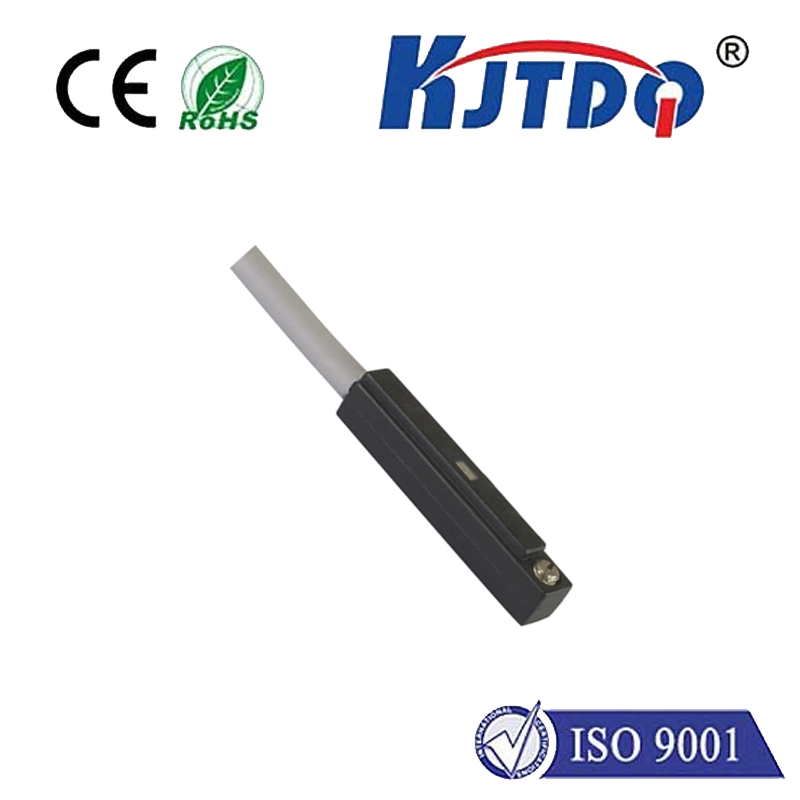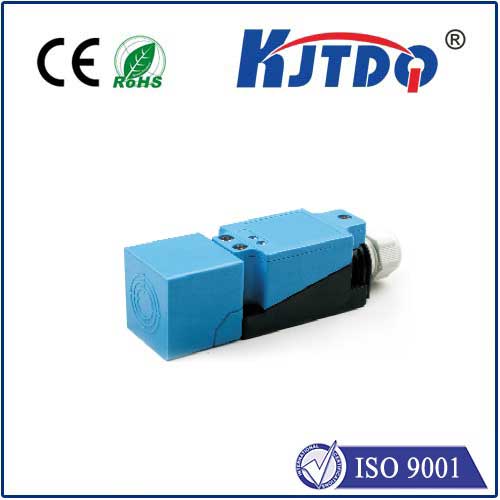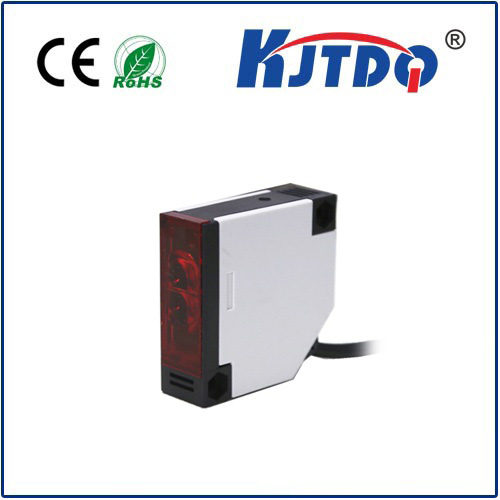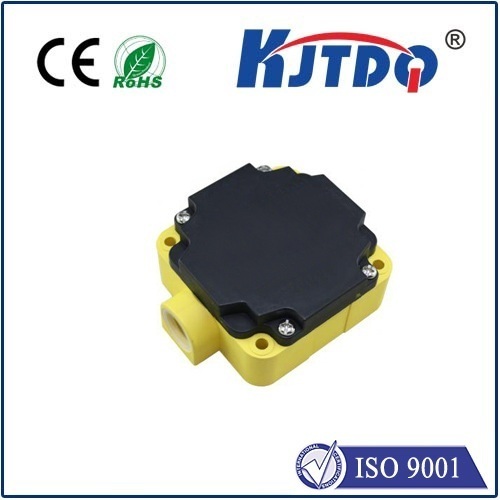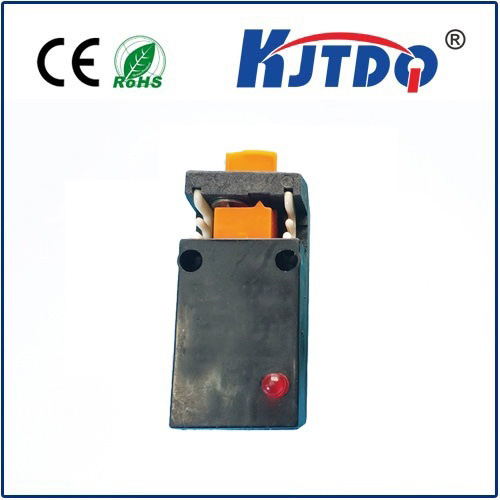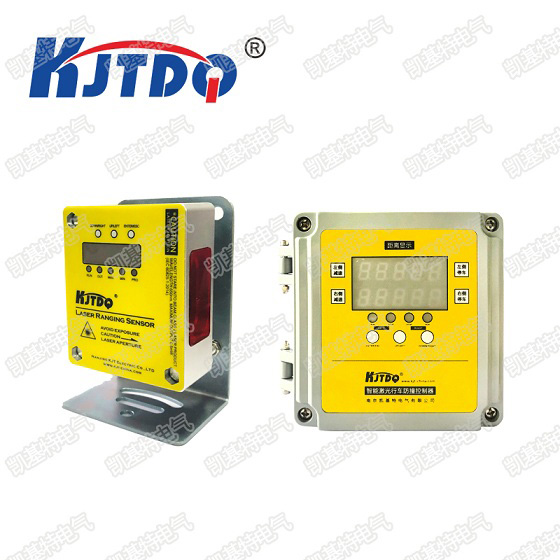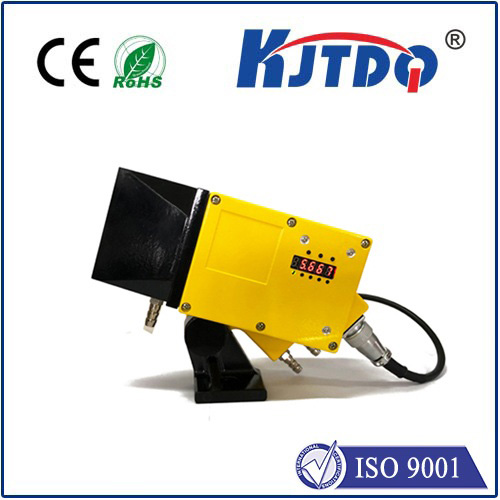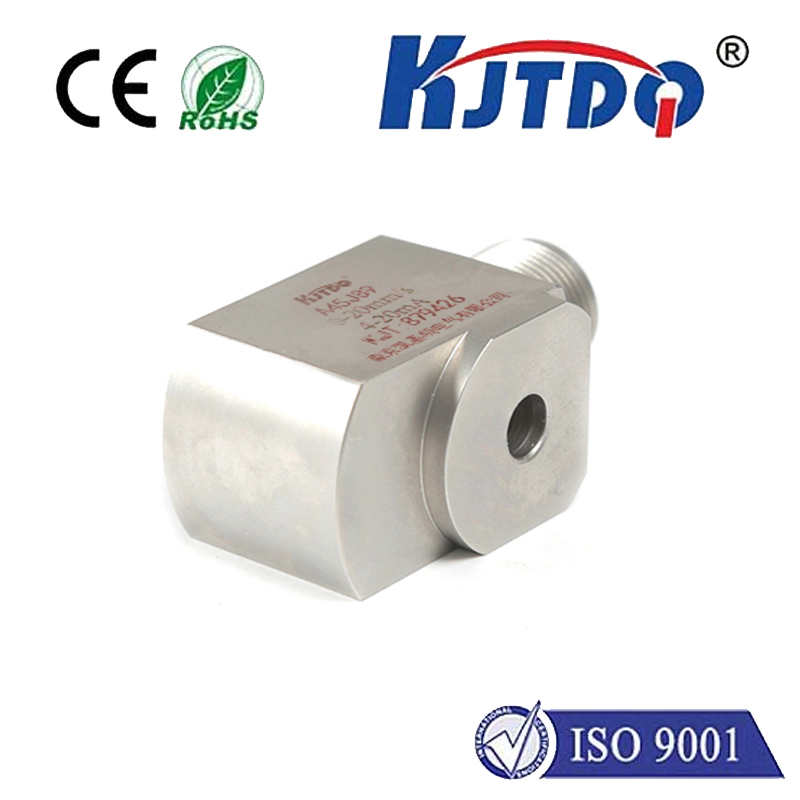
check

check

check

check
UV LiDAR: The Next Frontier in Precision Environmental Sensing Imagine a technology capable of mapping air pollutants in real time, detecting invisible chemical threats, or monitoring climate-critical gases like methane with unprecedented accuracy. This isn’t science fiction—it’s the reality of UV LiDAR (Ultraviolet Light Detection and Ranging), a groundbreaking fusion of laser physics and environmental science. As industries and governments grapple with pressing challenges like air quality management and climate change, UV LiDAR emerges as a transformative tool, offering insights that traditional sensors simply cannot match.
UV LiDAR combines the principles of LiDAR—a remote sensing method that uses pulsed lasers to measure distances—with ultraviolet light spectroscopy. While conventional LiDAR systems typically rely on visible or infrared light, UV LiDAR operates in the ultraviolet spectrum (100–400 nm). This unique approach enables the detection of specific molecules, such as ozone, sulfur dioxide, or volatile organic compounds (VOCs), which absorb UV wavelengths distinctively. How does it work? A UV LiDAR system emits short pulses of ultraviolet light into the atmosphere. As these photons interact with target molecules, they scatter or absorb the light, creating a “fingerprint” that sensors can analyze. By measuring the time delay and intensity of returning signals, the system generates 3D maps of pollutant distribution or gas concentrations across vast areas.
Air Quality Monitoring Urban centers and industrial zones face escalating air pollution challenges. Traditional monitoring stations provide limited spatial data, but UV LiDAR delivers real-time, high-resolution maps of pollutants like nitrogen oxides (NOx) and particulate matter. For example, cities like Beijing and Los Angeles have begun deploying UV LiDAR networks to identify pollution hotspots and optimize mitigation strategies.

Climate Change Research Methane, a greenhouse gas 25 times more potent than CO2, is notoriously difficult to track due to its diffuse emission sources. UV LiDAR’s ability to detect methane leaks from pipelines, landfills, or agricultural sites makes it invaluable for climate scientists. Recent studies suggest that this technology could reduce methane emissions by up to 30% through early leak detection.
Hazardous Chemical Detection In disaster response scenarios—such as chemical spills or industrial accidents—UV LiDAR provides first responders with critical data on toxic gas plumes. Its rapid deployment and long-range capabilities (up to 10 kilometers) ensure safety while minimizing human exposure.
Atmospheric Science Researchers use UV LiDAR to study ozone layer dynamics, volcanic ash clouds, and even interstellar dust particles. Its precision in measuring trace gases aids in validating climate models and predicting atmospheric changes.
Non-Contact and Long-Range: Unlike ground-based sensors, UV LiDAR can scan kilometers of terrain or atmosphere without physical contact, ideal for inaccessible or hazardous environments.
High Specificity: UV absorption spectra are highly molecule-specific, reducing false positives from interfering substances.
Real-Time Data: Traditional lab analysis of air samples takes hours; UV LiDAR offers instant results, enabling proactive decision-making. However, the technology isn’t without limitations. UV light is more susceptible to atmospheric scattering than infrared, which can reduce signal clarity in humid or foggy conditions. Advances in adaptive optics and machine learning are addressing these challenges, enhancing reliability in diverse environments.
Innovation in UV LiDAR is accelerating. Miniaturized systems, such as drone-mounted units, are expanding its applicability to agriculture (e.g., monitoring crop emissions) and maritime surveillance (e.g., detecting oil spills). Meanwhile, integration with AI platforms allows for predictive analytics, such as forecasting pollution trends based on historical LiDAR data. Cost remains a barrier, but economies of scale and government-funded climate initiatives are driving affordability. The global environmental sensor market, valued at $1.8 billion in 2023, is projected to grow at 8.5% annually—with UV LiDAR poised to capture a significant share. From safeguarding public health to combating climate change, UV LiDAR represents a paradigm shift in how we understand and interact with our environment. As this technology matures, its role in shaping a sustainable future will only become more pivotal—one laser pulse at a time.
